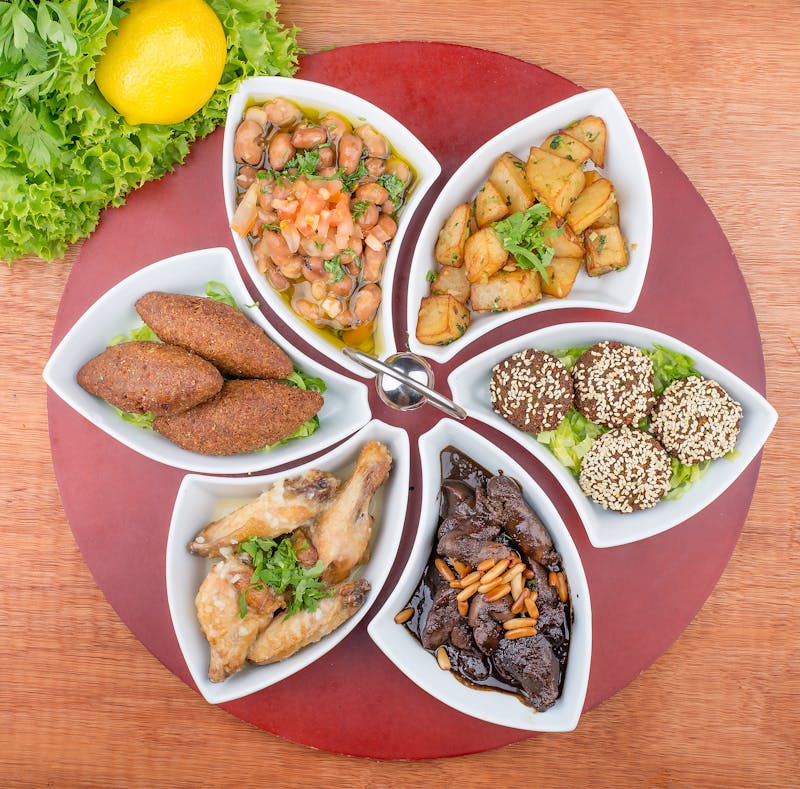A little oven know-how can transform your cooking from ordinary to outstanding. With a few clever tricks, you can unlock better flavours, more even results, and dishes that taste like they came straight from a professional kitchen.
These nine simple hacks will help you make the most of your oven, whether you’re roasting a chicken, baking a cake, or reheating leftovers.
Small changes in how you use your appliance can make a big difference in how your meals turn out. Get ready to transform everyday cooking into something truly delicious.
- Preheat the Oven Properly
Getting the preheat right is the first step to cooking success. It might seem like a small detail, but it sets the tone for everything that follows.
Convection ovens heat quickly and evenly thanks to built-in fans, which makes them perfect for baking and roasting.
These models, however, take a little longer to reach the right temperature. Give them extra time to warm up, and use an oven thermometer to confirm that the heat actually matches the dial.
Patience truly pays off here. Letting your oven fully preheat ensures even cooking, better texture, and, ironically, can even shorten your overall cook time.
For optimal results, always let it finish preheating before placing any dishes inside, whether it’s a roast or a tray of biscuits.
- Use the Right Bakeware
Your choice of bakeware can make or break a dish. Each material conducts heat in its own way, and that directly shapes your results.
Dark, non-stick trays are perfect for roasting vegetables. They absorb heat efficiently and create that satisfying golden finish. Glass or ceramic dishes hold steady warmth, making them ideal for casseroles and slow bakes.
Meanwhile, metal pans heat up quickly and spread heat evenly, which is just what you want for biscuits and cookies.
Keep in mind that heavier bakeware can slow things down, and always make sure your trays fit comfortably on the rack so air can circulate freely. Choosing the right dish not only saves time but also enhances the flavour and texture of your food.
- Arrange Food Strategically
Where you place food in the oven makes all the difference. Be sure to leave enough space between dishes so that hot air can circulate freely.
Consider placing larger dishes on lower shelves to prevent heat blockage. You should also rotate smaller trays halfway through cooking to help everything brown evenly.
Try not to cram too much in the oven at once, as this slows things down and leaves your bites soft instead of crisp.
- Cover with Foil When Needed
Aluminium foil is one of the simplest tools for better oven results, especially during long cooks like meat roasts or seafood casseroles. It locks in moisture, prevents the top from burning, and keeps your dish tender all the way through.
Shape the foil into a loose tent to allow steam to escape while still protecting the food. This helps everything cook evenly and stay juicy. For that perfect golden finish, remove the foil during the last 20–30 minutes of cooking to let the surface crisp up beautifully.
Foil is also great for shielding the edges of pies or loaves from over-browning. Just make sure it never touches the heating elements to avoid any hazards. Used wisely, it’s a small step that makes a big difference in flavour, texture, and presentation.
- Utilise the Convection Setting
The convection mode speeds things up by circulating hot air, giving you quicker and more even results. This feature reduces cooking time by 25%, but be sure to lower the temperature slightly to avoid overcooking.
It works perfectly well for roasting meat, baking biscuits, or cooking multiple trays at once, thanks to its even heat distribution.
Skip it, though, for delicate dishes like soufflés or custards that need gentler conditions. Used wisely, convection makes cooking faster, easier, and consistently tasty.
- Keep the Oven Door Closed
Every time you open the oven door, a burst of heat escapes, and that can throw off your cooking. Instead, rely on the oven light and viewing window to check progress without disrupting the temperature.
This is especially important when baking cakes or soufflés, where steady heat is vital. Wait until the recommended time is up before checking if the dish has finished cooking.
If you must peek, do it quickly and only towards the very end of the cooking time. Another helpful trick is to place a thermometer inside the oven. This way, you can monitor the temperature without opening the door, ensuring consistent results every time.
- Use a Baking Stone or Steel
Baking stones and steels can make a huge difference for pizza, bread, and other baked goods, helping you achieve that crisp, professional finish at home. Place the stone or steel on the bottom rack and preheat it for at least 30 minutes so it distributes heat evenly.
Experiment with various recipes, including steaks and flatbreads, and use parchment paper to prevent sticking when transferring food onto the hot surface.
You should also allow the stone or steel to cool completely before cleaning to prevent damage. This technique can truly elevate your home cooking.
- Follow a Regular Maintenance Routine
A clean oven is essential for consistent, perfectly cooked meals. Grease, food particles, and carbon deposits can interfere with heat circulation, leading to uneven results.
For regular upkeep, a simple mix of baking soda and vinegar works wonders on stubborn stains and grime. Wipe it down after heavy use to prevent residue from hardening.
Every six months, consider doing a detailed oven cleaning. Professional oven cleaners can remove deep-seated grease, check the seals, and inspect the heating elements to ensure everything’s working efficiently.
Routine maintenance keeps your oven performing at its best, helps distribute heat evenly, and maintains energy efficiency. Whether you do it yourself or call in the experts, a clean oven always pays off, in taste and performance.
- Turn Off the Oven Early
Your oven stays hot long after you switch it off, so why not let that heat work for you? Turning it off a few minutes before your dish is fully cooked saves energy while still delivering perfect results.
The residual warmth finishes the cooking process gently, keeping casseroles tender and baked goods soft rather than dry. It’s a clever way to cut down on energy use, without compromising flavour or texture.
Just keep an eye on timing, as every oven has its quirks. Once you get a feel for how yours behaves, you’ll master that sweet spot between done and overdone, all while trimming a bit off your power bill.
Conclusion
A perfectly cooked meal starts with a few clever moves in the kitchen. Patience, attention to detail, and a few smart tricks can turn ordinary cooking into something satisfying and even fun.
Try them out, experiment a little, and see how your dishes improve overnight. The next time you open the oven, you’ll notice the difference, and so will anyone lucky enough to taste your food!




